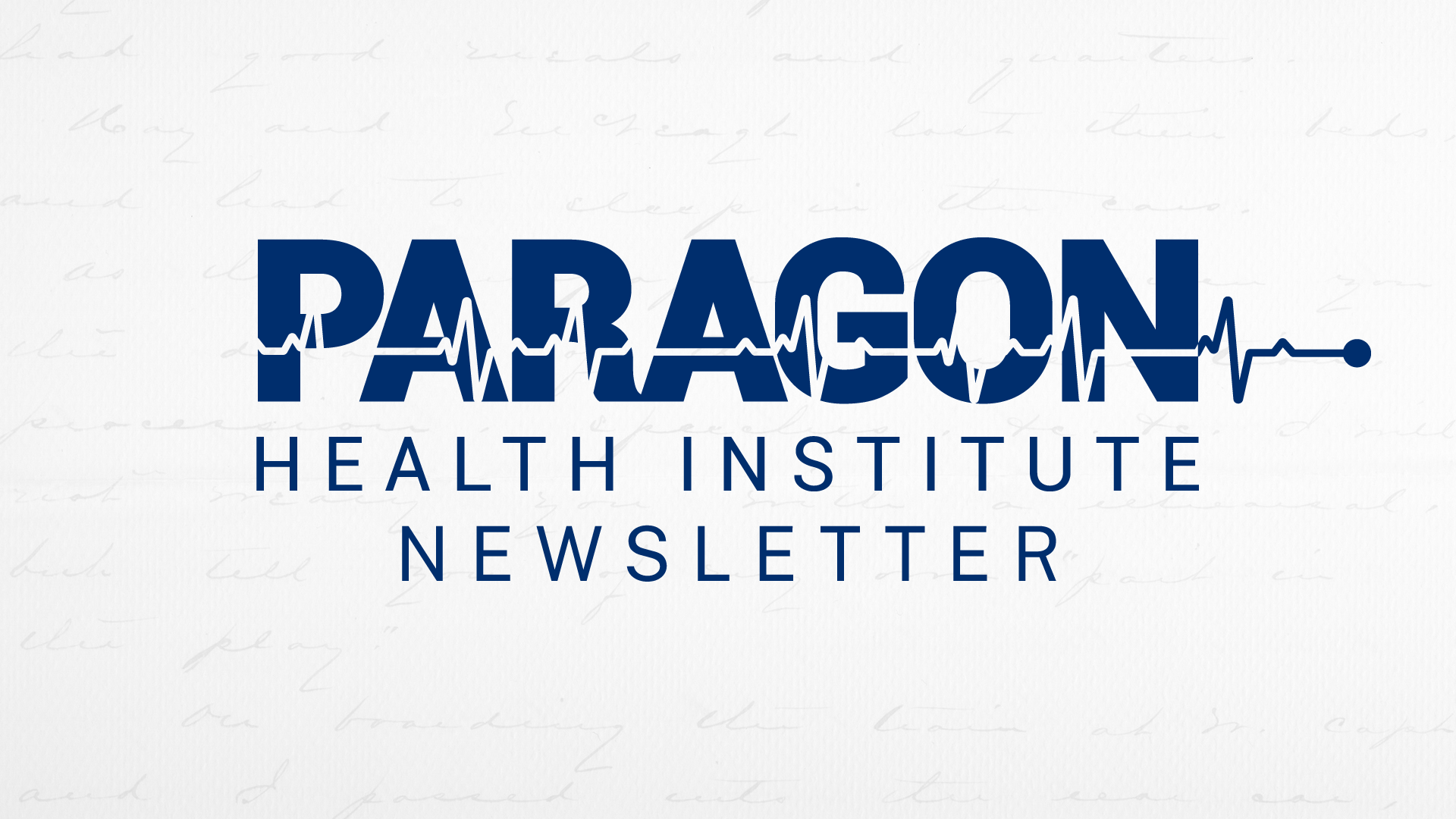Last week, many people put on rose-colored glasses to celebrate the twelfth anniversary of Obamacare. A reality check is needed. Higher government subsidies along with a tolerance for massive improper Medicaid payments on behalf of ineligible people have led to record enrollment in Obamacare programs. Crucially, the law has failed to fulfill numerous promises and expectations. Two such famous broken Obamacare promises were that people could keep their doctor and their insurance plan. Obamacare’s other results include that American health worsened in the years after the law’s key provisions took effect, individual market plans became less attractive, and Obamacare’s entire net coverage gains have been through the Medicaid welfare program (and many of those gains are ineligible people).
Now many progressives are looking to take away other less-regulated coverage options that have helped many people, deriding options that people buy with their own money as “junk.” Meanwhile, they propose to spend even more money on ill-designed and inflationary subsidies for Obamacare plans. However, bipartisan ideas have been proposed to improve Obamacare that expand choices and reform subsidies.
American Health Has DeclinedObamacare’s key regulatory and spending provisions took effect in 2014. From 2014 to 2019, the federal government spent more than $600 billion through Obamacare, yet Americans’ health worsened. Life expectancy — perhaps our best measure of health — was shockingly lower in 2019 than it was in 2013. Large Medicaid expansions disappoint for several reasons: The uninsured receive nearly 80 percent as much care as similarly insured people. Such expansions crowd out potentially superior private-coverage options. Large expansions have indirect negative effects, such as longer wait times for care. In reality, other factors such as genetics and behavior have a greater influence on health than insurance coverage does.
Premiums and Deductibles Increased, Networks Narrowed, and Enrollment CrateredEnrollment in Obamacare individual-market plans has always been far below projections. From 2015 to 2020, exchange enrollment averaged only about 10 million people — about 60 percent below the 25 million enrollees that the Congressional Budget Office projected in May 2013 in its last analysis before Obamacare’s key provisions took effect.
Premiums for individual market coverage soared, with average premiums increasing from $242 to $589 — a 143 percent increase — between 2013 and 2019. Deductibles also skyrocketed. The vast majority of enrollees receive large subsidies, as the premium increases have priced most other individuals out of the market. For unsubsidized enrollees in 2021, the average exchange-plan annual premium plus deductible for a family of four was about $25,000.
Although insurer participation has grown in recent years, fewer insurers are offering coverage on the Obamacare exchanges than did on the pre-Obamacare individual market in 2013. In addition to their high costs, Obamacare plans tend to have narrow networks, excluding the best hospitals and doctors. For example, in Texas, not a single Obamacare plan covers Houston’s world-renowned M. D. Anderson Cancer Center.
The ‘Medicaid Expansion Act’ with Many Unlawful EnrolleesDespite more than $50 billion of annual subsidies added by Obamacare, individual-market enrollment is only a few million people above pre-Obamacare levels. The increase in individual-market enrollment was more than offset by a decline in employer coverage, as Obamacare’s provisions raised coverage costs for small employers. Thus, Obamacare’s entire net coverage gain has occurred through its Medicaid expansion. For this reason, Brookings health-policy expert Stuart Butler started referring to the Affordable Care Act as the “Medicaid Expansion Act.”
Unfortunately, the financial incentives underlying the Medicaid expansion have led to a surge of wasteful and improper spending. From 2014 to 2016, the federal government reimbursed 100 percent of state spending on the expansion. Although that rate has declined, it is still 90 percent.
The full article can be found in National Review.




